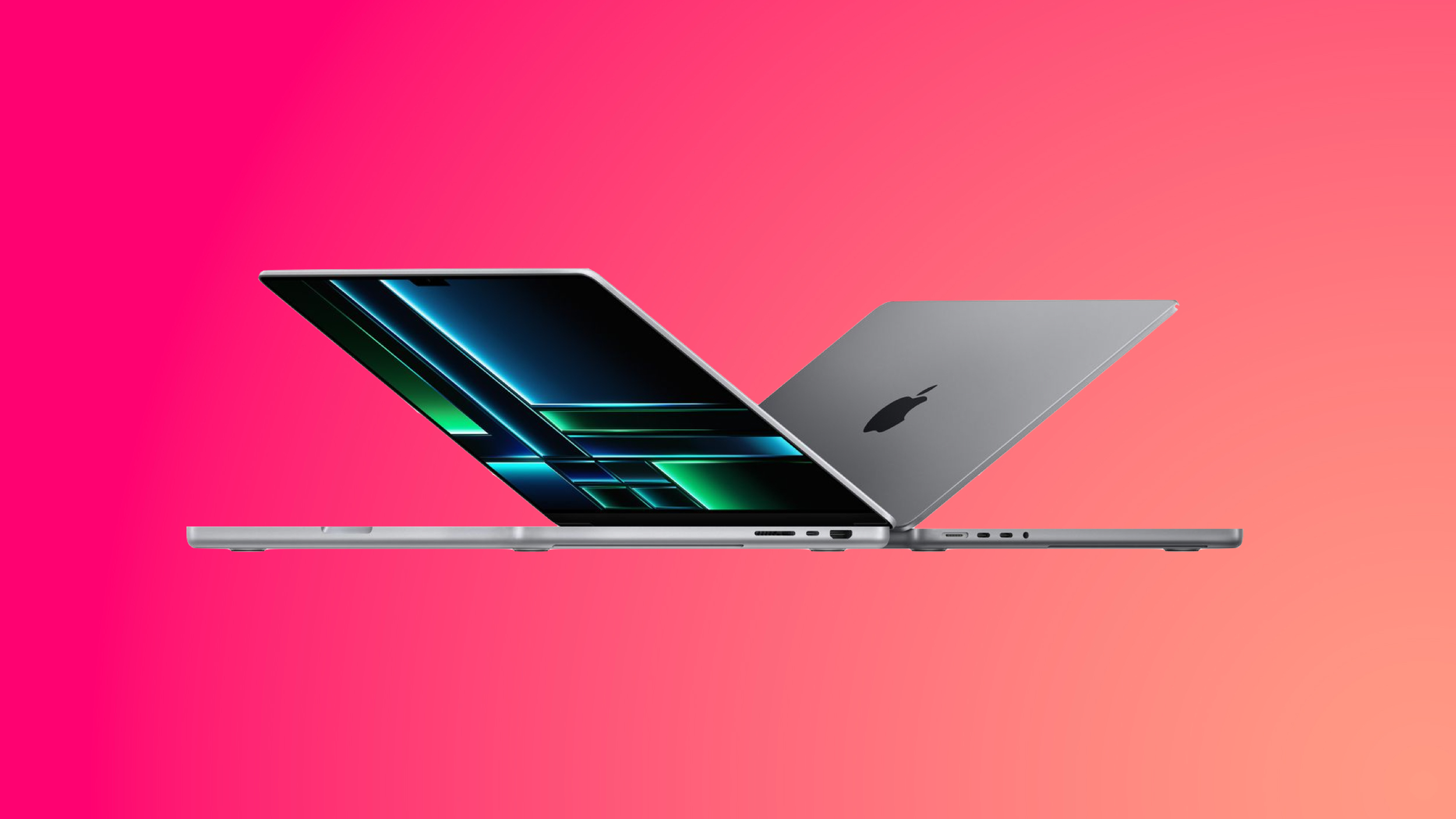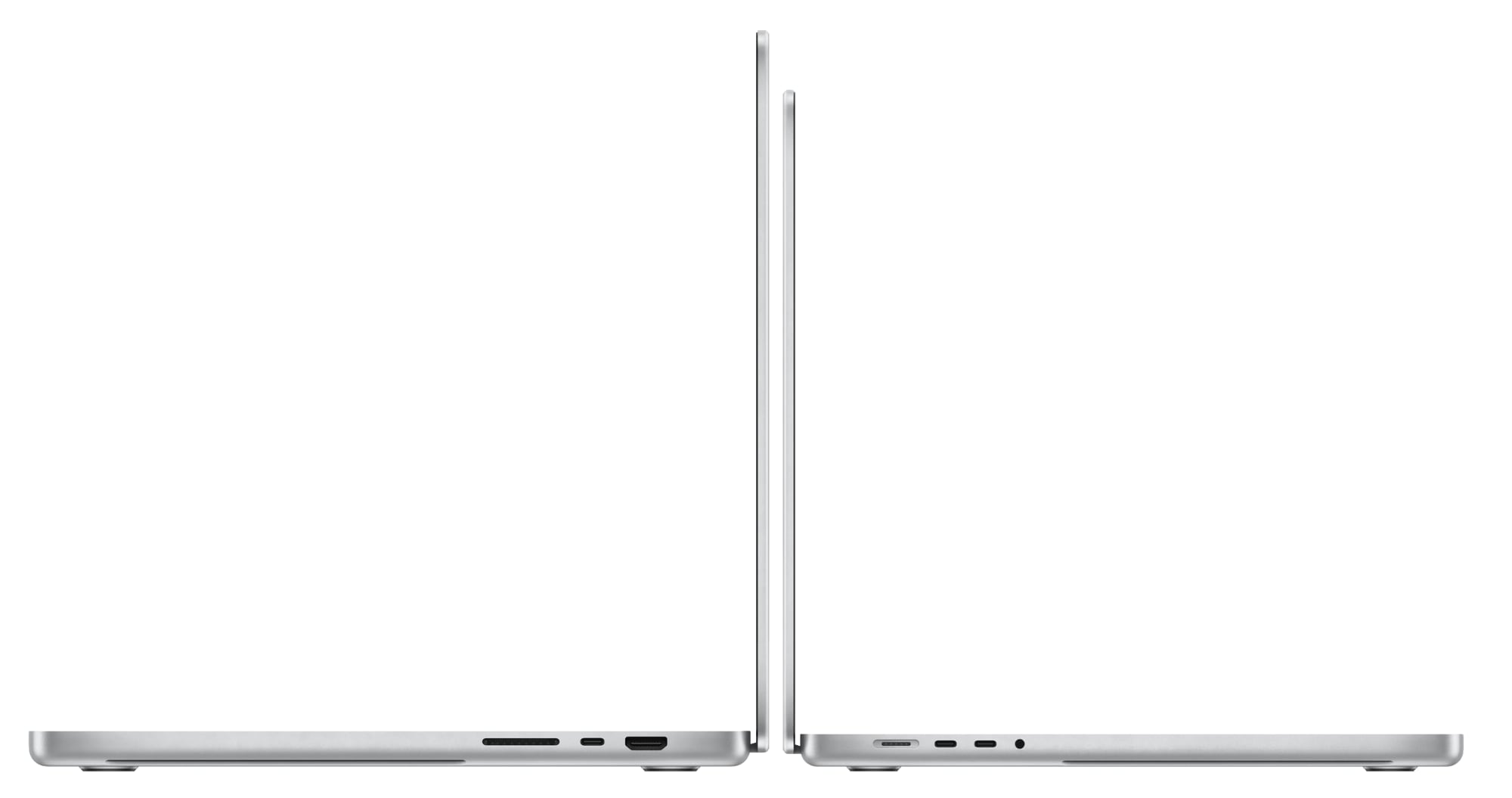
The MacBook Pro is available in 14-inch and 16-inch sizes, with three distinct models starting at $1,599, $1,999, and $2,499, so which should you choose?

With a range of three similar models in the lineup to choose from, our guide helps to answer the question of how to decide which of these MacBook Pros is best for you. The three models are as follows:
- 14-Inch MacBook Pro with M3: An entry-level model for users who need a machine that is more powerful and versatile than the MacBook Air.
- 14-Inch MacBook Pro with M3 Pro or M3 Max: A more powerful, high-end model with a choice of performance-focused chips. It comes with one extra Thunderbolt port, higher memory bandwidth, larger quantities of memory, support for additional external displays, an 8TB storage option, and a Space Black color option, but loses four hours of battery life and the Space Gray color option.
- 16-Inch MacBook Pro with M3 Pro or M3 Max: A model with identical specifications to the 14-inch model with the M3 Pro or M3 Max chips, but with a significantly larger display and four extra hours of battery life. It also gains High Power Mode to boost performance, but loses the ability to fast charge via USB-C.
Each MacBook Pro is configurable to add more a more powerful processor and larger quantities of memory and storage. Read on for a detailed break down of all of the differences between the three MacBook Pro models.
| 14-Inch MacBook Pro (M3) | 14-Inch MacBook Pro (M3 Pro and M3 Max) | 16-Inch MacBook Pro |
|---|---|---|
| 14.2-inch display | 14.2-inch display | 16.2-inch display |
| 0.61 inches thick (1.55 cm) | 0.61 inches thick (1.55 cm) | 0.66 inches thick (1.68 cm) |
| Weighs 3.4 pounds (1.55 kg) | M3 Pro: Weighs 3.5 pounds (1.61 kg) M3 Max: Weighs 3.6 pounds (1.62 kg) | M3 Pro: Weighs 4.7 pounds (2.14 kg) M3 Max: Weighs 4.8 pounds (2.16 kg) |
| Configurations start with M3 with 8-core CPU and 10-core GPU | Configurations start with M3 Pro with 11-core CPU and 14-core GPU | Configurations start with M3 Pro with 12-core CPU and 18-core GPU |
| High Power Mode to boost M3 Max performance | High Power Mode to boost M3 Max performance | |
| 100GB/s memory bandwidth | M3 Pro: 150GB/s memory bandwidth M3 Max: 300GB/s or 400GB/s memory bandwidth | M3 Pro: 150GB/s memory bandwidth M3 Max: 300GB/s or 400GB/s memory bandwidth |
| 8GB, 16GB, or 24GB unified memory | M3 Pro: 18GB or 36GB unified memory M3 Max: 36GB, 48GB, 64GB, 96GB, 128GB unified memory | M3 Pro: 18GB or 36GB unified memory M3 Max: 36GB, 48GB, 64GB, 96GB, 128GB unified memory |
| Support for one external display | M3 Pro: Support for up to two external displays M3 Max: Support for up to four external displays | M3 Pro: Support for up to two external displays M3 Max: Support for up to four external displays |
| Two Thunderbolt / USB 4 (USB-C) ports | Three Thunderbolt 4 (USB-C) ports | Three Thunderbolt 4 (USB-C) ports |
| Fast charging over MagSafe 3 or USB-C port | Fast charging over MagSafe 3 or USB-C port | Fast charging over MagSafe 3 or USB-C port (with 240W cable only) |
| 22-hour battery life when playing back video | 18-hour battery life when playing back video | 22-hour battery life when playing back video |
| Integrated 70-watt-hour lithium-polymer battery | Integrated 72.4-watt-hour lithium-polymer battery | Integrated 100-watt-hour lithium-polymer battery |
| 70W USB-C Power Adapter | 70W USB-C Power Adapter (with M3 Pro with 11-core CPU) 96W USB-C Power Adapter (with M3 Pro with 12-core CPU or M3 Max, configurable with M3 Pro with 11-core CPU) | 140W USB-C Power Adapter |
| 512GB, 1TB, or 2TB storage | 512GB, 1TB, 2TB, 4TB, or 8TB storage | 512GB, 1TB, 2TB, 4TB, or 8TB storage |
| Available in Space Gray and Silver | Available in Space Black and Silver | Available in Space Black and Silver |
| Starts at $1,599 | Starts at $1,999 | Starts at $2,499 |
Display Size
The MacBook Pro is offered in 14.2-inch and 16.2-inch display sizes. The 16.2-inch display is a better replacement for a desktop machine and provides much more screen space to arrange multiple windows and use professional applications that benefit from the additional display area. The 14.2-inch display is still larger than the 13.3-inch MacBook Air and MacBook Pro models from recent years, and will likely be the best overall balance of needs for most users.
While the "notch" containing the webcam does eat into the display space very slightly, both displays are larger than MacBook Pro models from before 2021, so there is still more display area overall. In addition, the display area below the notch has an aspect ratio of exactly 16:10, just like previous MacBook Pro models, to ensure that the notch does not impede normal display views or watching media. On this basis, if you are concerned about the notch, you should not necessarily feel obliged to get the larger, 16-inch MacBook Pro. That being said, since the notch is the same size on both models, it may be slightly less noticeable on the 16-inch model.
Design
The 16-inch model is, of course, physically larger than the 14-inch model, with a markedly bigger overall footprint. It is also worth noting that the 16-inch model is also 0.13 cm thicker and up to 1.4 pounds (0.64 kg) heavier.

The 14-inch MacBook Pro is decidedly more portable and comfortable than the 16-inch model to carry around on a daily basis. Though the 16-inch MacBook Pro can still fit in larger bags and is an acceptable size for travel, it is a much bigger, heavier machine. If you are considering the 16-inch MacBook Pro, you should make sure you are comfortable with its size and weight – especially if you plan to use it on the go.
Models with the M3 Pro and M3 Max chips are available in a new Space Black finish, so... Click here to read rest of article
Article Link: Late 2023 MacBook Pro Buyer's Guide: 14-Inch vs 16-Inch Models
Last edited:

